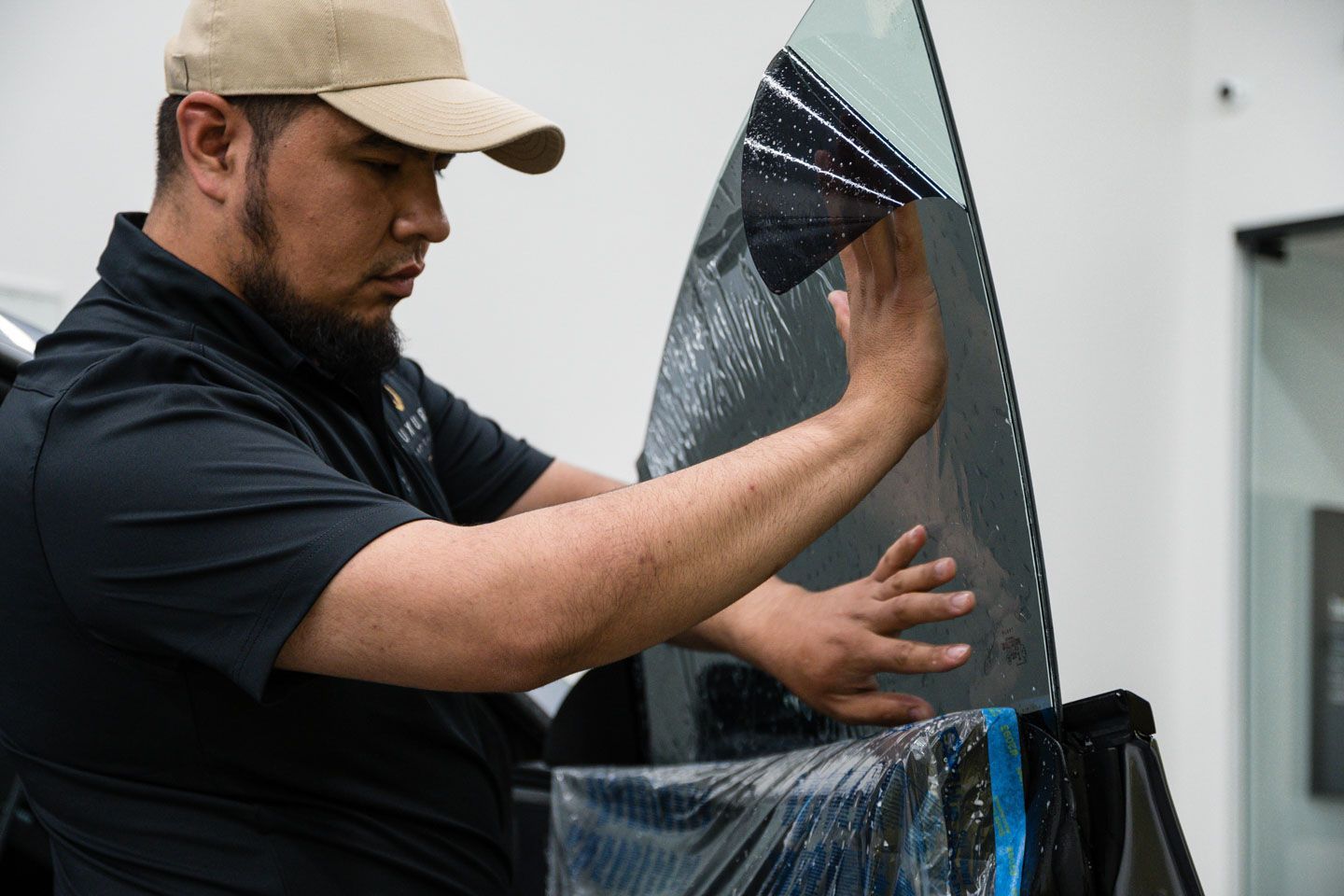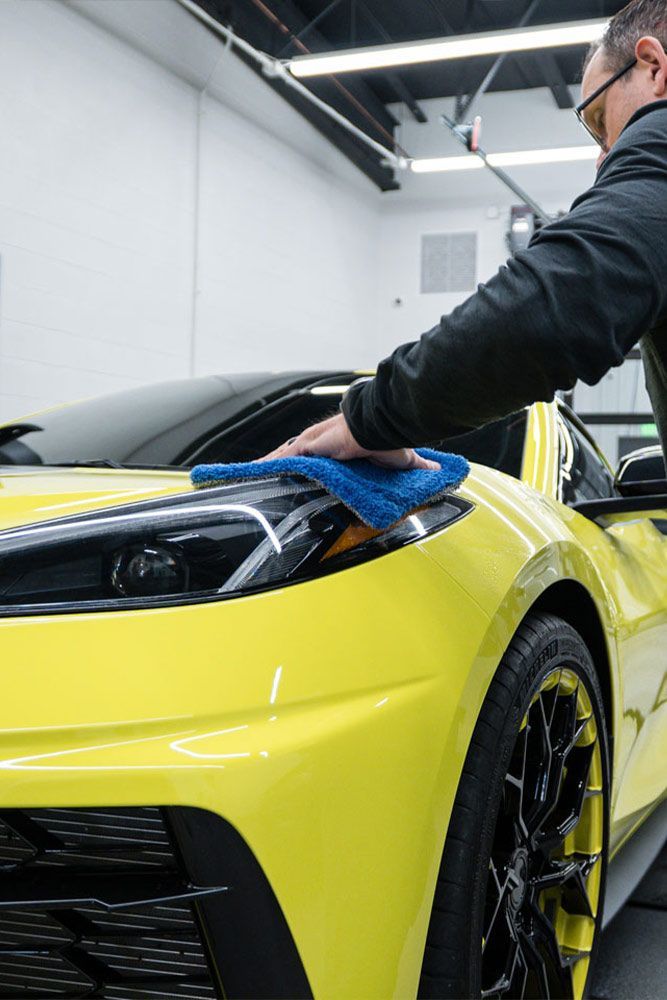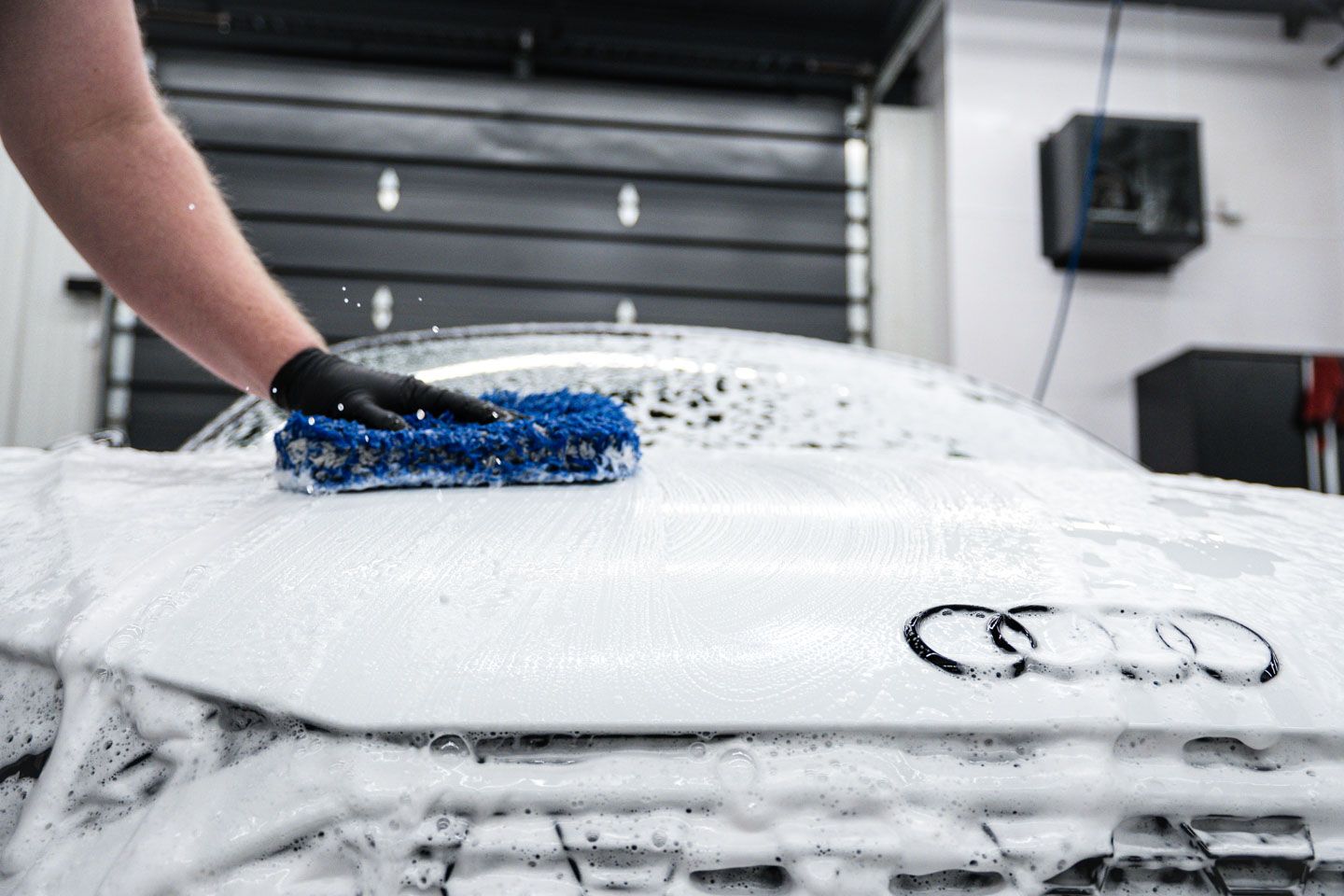Top Tips for Maintaining Paint Protection Film: Best Practices for Longevity

When you invest in paint protection film (PPF) for your vehicle, you're doing more than preserving that showroom shine—you're protecting your car's paint and safeguarding its resale value. Many car owners assume that once PPF is applied, maintenance is minimal, but that couldn't be further from the truth. Regular care makes all the difference in maximizing your film's lifespan and keeping your vehicle looking flawless for years to come.
To maintain your paint protection film effectively, wash your vehicle regularly with pH-neutral soaps, avoid harsh chemicals that can degrade the film, and dry it using soft microfiber towels to prevent scratches. Additionally, inspect the film regularly for any signs of damage and consult professionals for repairs to preserve its integrity.
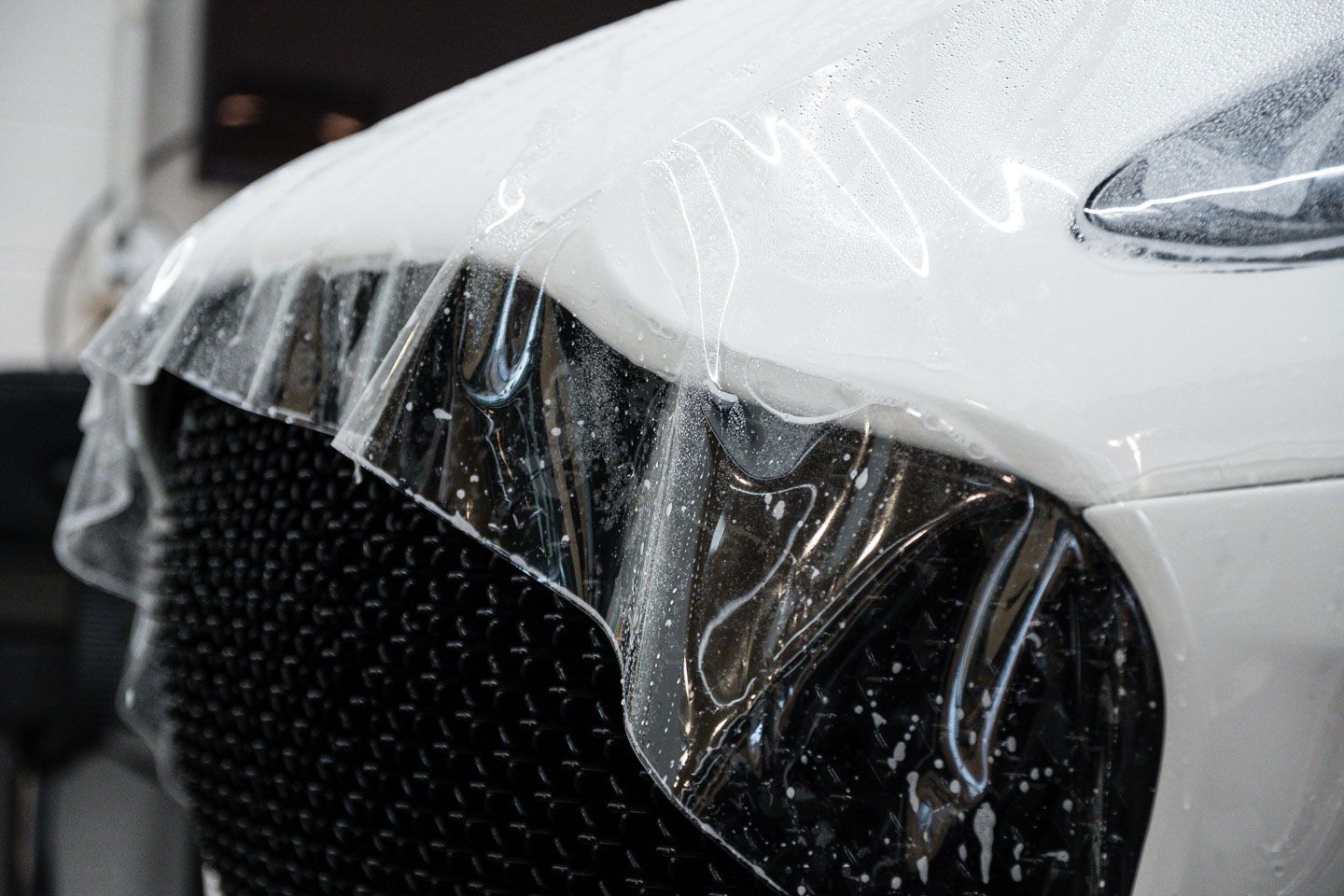
Best Cleaning Methods for Paint Protection Film
When it comes to cleaning PPF, gentle hand washing is essential. Use a pH-neutral car shampoo specifically designed for automotive finishes—harsh detergents can degrade the film over time and compromise its protective qualities.
The two-bucket method is highly effective: fill one bucket with warm water mixed with PPF-safe car soap and the other with plain water to rinse your wash mitt. This approach minimizes the risk of dragging dirt back onto the surface, preventing scratches and dull spots that diminish your vehicle's appearance.
Proper Rinsing and Drying
After washing, thorough rinsing is crucial to eliminate any lingering soap residue, particularly around seams where buildup commonly occurs. Inadequate rinsing not only dulls the appearance but can also lead to crusty deposits developing on your film.
Once rinsed, dry your vehicle promptly using high-quality microfiber towels to prevent water spots—especially noticeable on dark-colored vehicles. Dry in straight lines rather than circular motions to avoid creating swirls or scratches on the film.
"Cleaning your PPF properly is essential; incorrect methods could lead to costly repairs due to scratches or damage."
Establishing a Maintenance Routine
Regular maintenance extends beyond cleaning—it's about building protective habits. Wash your car every 1-2 weeks, especially during seasons when environmental contaminants like bird droppings and tree sap are prevalent. These substances can bond with the film if left unattended, making them increasingly difficult to remove.
Avoid automatic brush washes, as these can cause significant scratches on PPF. Instead, choose touchless or hand-wash options for optimal care.
After drying your vehicle, consider applying a quick detail spray or sealant designed for PPF. This adds an extra layer of protection while enhancing shine. Monitor for potential issues like discoloration or bubbling—early detection saves you from costly repairs down the line.
Effective Washing and Detailing Practices
Choosing the right wash tools is as important as your washing technique. Soft microfiber wash mitts are ideal—gentle enough to protect the film while effectively lifting dirt away from delicate surfaces. Complement these with synthetic-bristle brushes for reaching grooves and crevices where dirt accumulates.
Ensure every product you select is specifically designed for PPF. Generic cleaners often contain harsh chemicals or abrasives that degrade the film's protective qualities over time. A pH-balanced automotive shampoo cleans effectively while respecting your PPF's integrity.
Consider incorporating detailing clay specifically made for PPF into your routine. This clay removes tough contaminants like sap or road grime without scratching, ensuring the surface remains smooth and clear.
The Importance of Inspection
After washing, conduct a detailed inspection. Look for signs like lifting edges or minor tears—addressing these issues promptly prevents more significant problems later. Think of it as a regular health check-up: early detection makes repairs easier and more affordable.
Consistency is key. By committing to a regular washing and inspection routine, you'll keep your paint protection film looking pristine while significantly extending its lifespan.
Addressing Scratches and Contaminants
A proactive approach is essential for maintaining your vehicle's PPF appearance. Minor scratches aren't necessarily permanent—PPF's self-healing properties can be remarkably effective. When you encounter a minor scratch, gently warm the affected area using warm water or a heat gun set to low. The heat softens the film, allowing it to reshape itself and diminish the scratch's appearance.
Removing Contaminants Promptly
Don't let contaminants like bird droppings, tree sap, or bug splatter linger on your PPF. Clean them promptly—these substances can bond with the film and cause permanent stains if left unattended. Use products specifically designed for PPF; generic cleaners can degrade your film's protective qualities over time.
When dealing with contaminants, act quickly. Use a PPF-safe cleaner with clean microfiber towels to avoid scratching the film further. If contaminants linger too long, they bond more firmly with the film's surface, making removal difficult or impossible. Prevention is always easier than repair.
Proper Waxing and Polishing Techniques
Regular waxing and polishing help maintain PPF's gloss and overall appearance while enhancing the film's protective qualities. However, incorrect application can cause harm rather than help.
PPF-Safe Products
Always choose waxes and polishes specifically formulated for PPF. Avoid products containing abrasive compounds that can scratch or damage the film. Instead, select silicone-based or polymer-based products that provide effective shine without harmful residues.
Not all waxes are created equal. Many traditional waxes contain ingredients that degrade PPF over time, resulting in discoloration or a compromised protective barrier. Treat your vehicle with the same care you'd give any valuable investment.
Consider applying a PPF-safe ceramic coating for added protection and brilliant shine. This provides an extra layer of defense against environmental elements such as bird droppings and tree sap while keeping your vehicle looking showroom-fresh.
Installation Guidelines and Advice
Proper PPF installation is critical—it serves as your vehicle's shield against daily wear and tear. Even the highest quality PPF performs best when applied correctly, as adhesive systems are designed to bond to clean, smooth surfaces.
Professional vs. DIY Installation
While DIY installation kits may seem cost-effective, professional installation offers precision that's difficult to replicate. Certified installers know how to navigate curves, edges, and contours—areas where bubbles often form without proper technique. They use high-quality tools and bring years of experience to ensure flawless application.
Poorly applied PPF isn't just an aesthetic problem—it compromises your entire protection scheme. Your car's appearance directly affects its resale value, and substandard PPF application detracts from both beauty and functionality.
Post-Installation Care
The period immediately following installation is as crucial as the application itself. Avoid washing your car for at least seven days to allow the adhesive time to achieve maximum grip on your vehicle's surface.
During this period, park in shaded areas when possible to prevent sun exposure that could weaken adhesion. Avoid harsh weather conditions during this vulnerable phase to ensure your PPF lasts as long as intended.
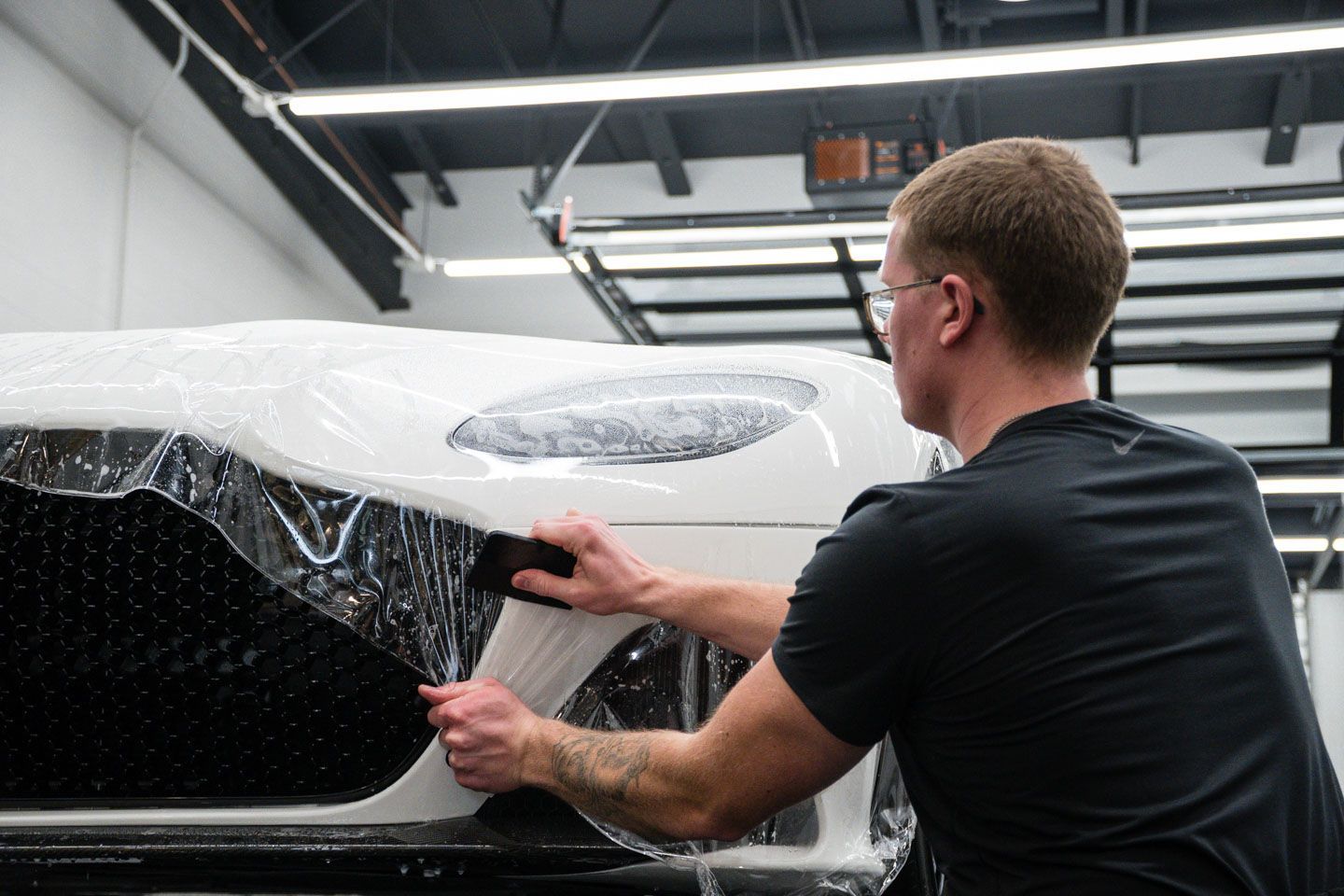
Long-Term Care Tips and Recommendations
Long-term care is crucial for protecting your PPF investment. Implement a routine cleaning schedule, washing your car every two weeks to prevent grime from becoming entrenched in the film. This allows you to catch potential problems before they escalate into costly repairs.
Use pH-neutral automotive shampoo to safeguard PPF integrity while ensuring dirt and contaminants don't damage it. After washing, inspect for small tears or signs of lifting along the edges—early indicators requiring immediate attention.
Seasonal Care Tips
Spring: Regularly wash away pollen and check edges for damage from fallen branches.
Summer: Shield your vehicle against harmful UV rays by parking in shade whenever possible. Clean bug splatter promptly to prevent etching into the PPF.
Fall: Clear away fallen leaves and sap before they settle in, and perform a detailed clean before winter arrives.
Winter: Salt and sand from icy roads can cause significant damage if left unchecked. Rinse them off thoroughly after storms, but avoid scraping ice directly from the PPF to prevent scratches.
| Season | Key Maintenance Tips |
|---|---|
| Spring | Regular washing, inspect edges for damage |
| Summer | Shield against UV rays, clean bug splatter promptly |
| Fall | Clear leaves and sap, detailed clean before winter |
| Winter | Rinse off salt and sand, avoid scraping ice |
Final Thoughts
Maintaining your paint protection film doesn't have to be complicated—it simply requires consistency and the right approach. By following these best practices, you're not just preserving your vehicle's appearance; you're protecting a significant investment and ensuring your car maintains its value for years to come.
At Luxury Car Care, we understand that your vehicle is more than just transportation—it's a reflection of your success and attention to detail. Whether you need expert advice, professional maintenance services, or PPF installation, our team is here to provide the expert craftsmanship and personalized care your vehicle deserves.
Ready to give your vehicle the protection it deserves? Contact us today to schedule a consultation and discover how our specialized PPF services can keep your car looking flawless for the long haul. Your investment in quality care today ensures your vehicle's pristine condition tomorrow.

